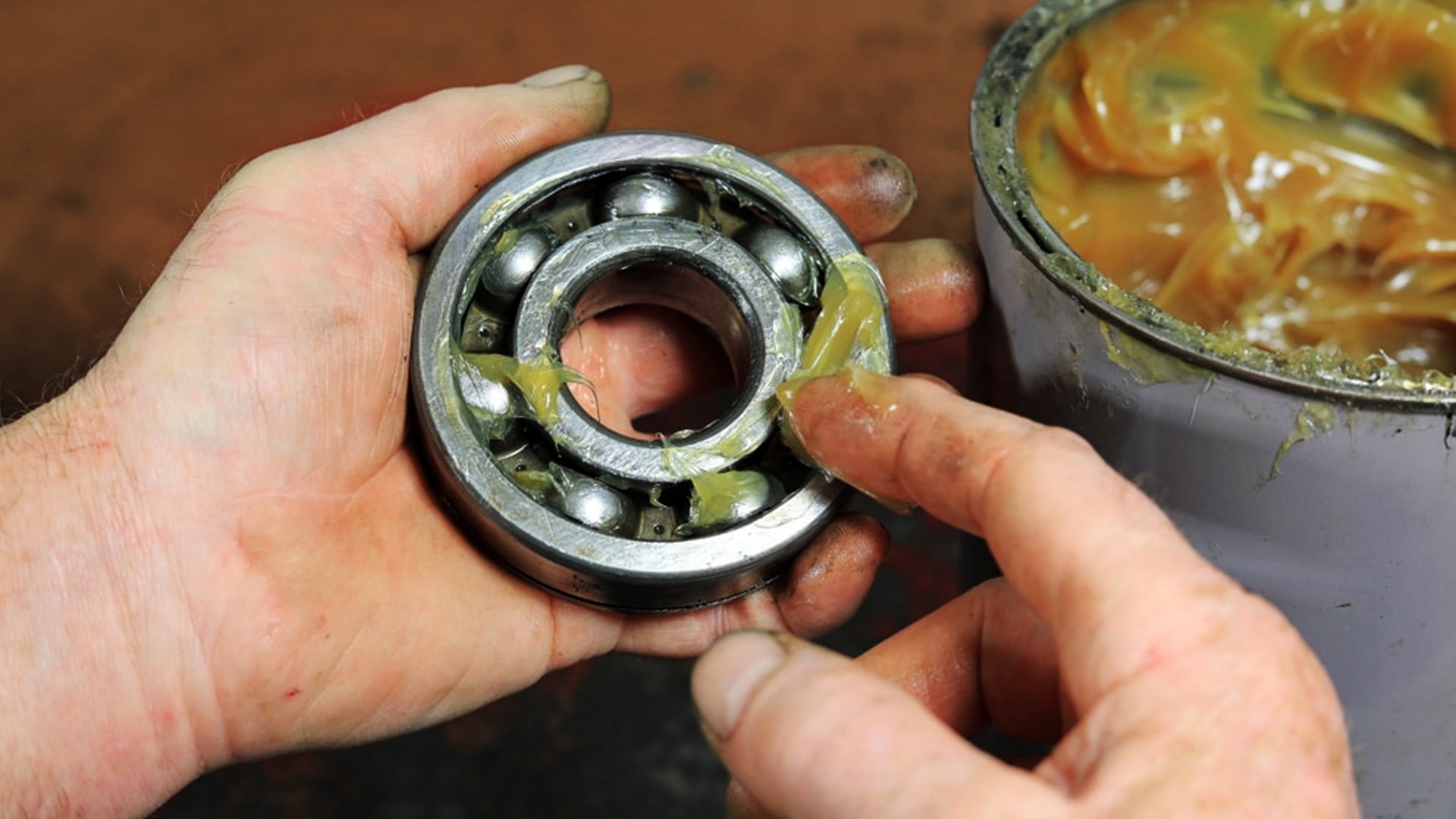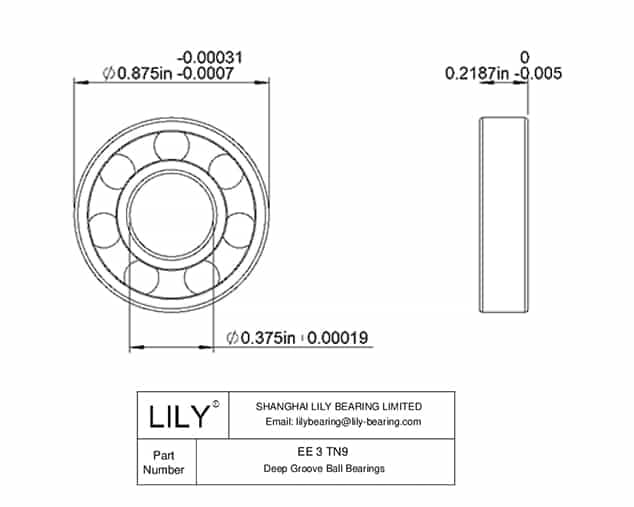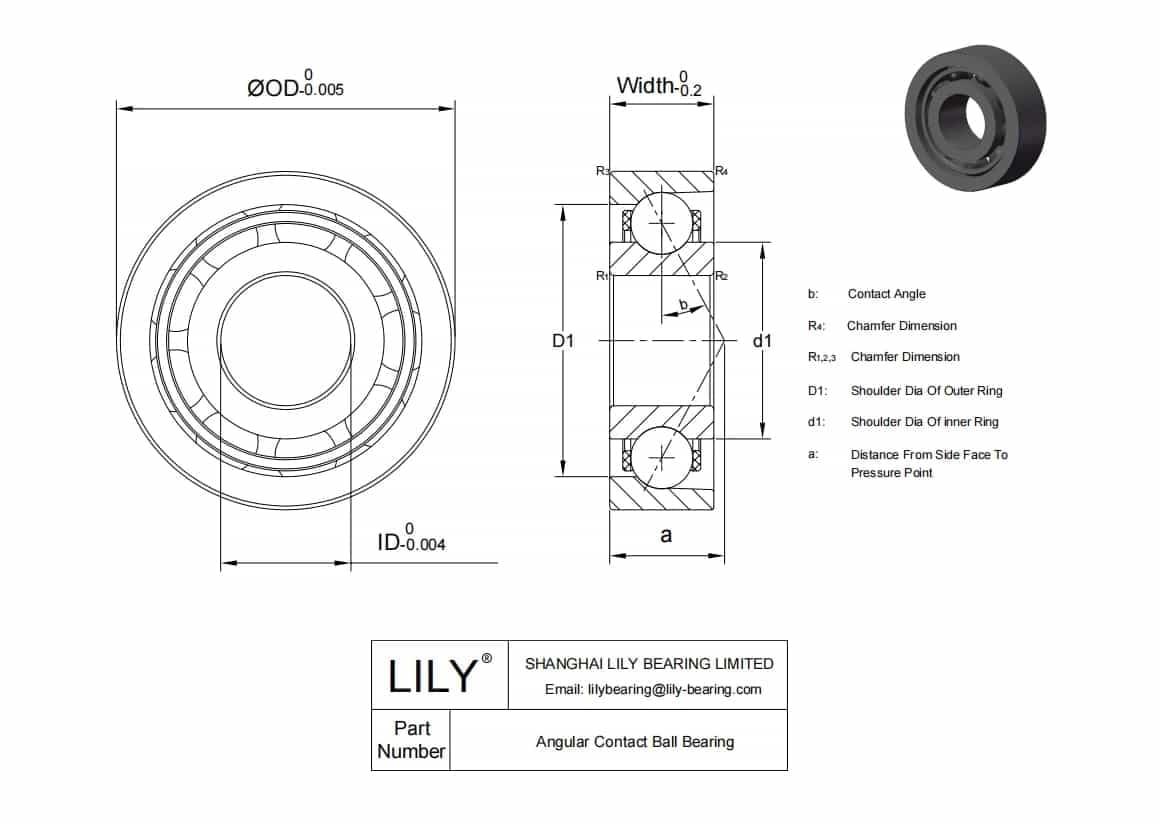How Much Grease to Put in Bearings: A Comprehensive Guide
Discover the secret to flawless machinery performance: "How Much Grease to Put in Bearings". The right amount can mean the difference between efficiency and costly repairs. Dive into our guide for the insights you need to keep your equipment running smoothly and lasting longer.

The Role of Grease in Bearing Performance
Grease plays a pivotal role in protecting bearings, acting as a barrier against contaminants while reducing friction and wear. It essentially seals out dirt and moisture, which can damage the bearing surfaces, and helps dissipate heat generated during operation.
Factors Influencing Grease Quantity in Bearings
- Bearing Size and Type: Bigger bearings and those under heavier loads require more grease. Ball bearings require less frequent relubrication than other rolling-element bearings. Click ball bearing lubrication to learn more.
- Speed of Operation: Bearings that spin quickly, like wheel bearings, might need less grease to prevent them from getting bogged down.
- Temperature: As it gets hotter, base oils break down more quickly. To deal with this, you should lubricate more often when you expect high temperatures.
- Operation Time: Continuous operation or frequent starts and stops affect grease life and its effectiveness. More use means you'll need to regrease more often.
- Vibration: Higher vibration levels in a bearing suggest more shock impact. More grease is needed to protect the bearing with fresh lubrication.
- Viscosity Factor: The additives and grease thickness impacts usage. Lithium-based grease is a common choice due to its versatility.
- Placement: Vertical bearings in the bearing housing don’t hold grease as well as horizontal ones do. It’s usually best to grease vertical bearings more often.
- Load: Heavy loads on roller bearings mean more stress on the bearing and more need for bearing grease. The more weight or pressure a bearing has to handle, the more bearing lubricants it may need to keep things running smoothly.
- Environment: Bearings exposed to outdoor elements or dusty areas need the right amount of grease to block out contaminants without causing issues.
By thinking about these factors, you can make sure your bearings get just the right amount of grease—not too much and not too little—a rule of thumb for maintenance.
Standard Greasing Guidelines for Different Bearing Types
Ensuring your bearings are properly lubricated is key to their performance and longevity. The amount of grease needed can vary significantly between different types of bearings. Here’s a closer look at the recommended greasing guidelines for two common types:
Deep Groove Ball Bearings
- Recommended Grease Volume: For deep groove ball bearings, the ideal grease fill is between 25-35% of the bearing's internal space.
- Reasons for This Specific Range: This range provides enough grease to lower friction and wear. It avoids too much grease, which can cause resistance and heat.

Angular Contact Ball Bearings
- Recommended Grease Volume: High-Speed Angular Contact Ball Bearings typically require a grease volume around 20%.
- Lower Grease Volume Reasons: High-speed spindles need less grease. Less grease reduces drag and heat. Too much heat can harm precision and speed. Less grease still protects the bearings well. It prevents overheating and keeps the grease from breaking down during fast rotations.

For both bearing types, it’s essential to use the correct type of grease—such as bearing grease with the right additives and base oil—and apply the correct amount of grease according to these guidelines. Doing so will help in achieving the optimal balance between lubrication and bearing efficiency, enhancing the performance and extending the lifespan of your bearings in various applications.
Industry-Standard Greasing Methods
SKF Formula
A widely accepted method for calculating grease volume is the SKF formula:
Gq = 0.114DB,
Where:
Gq = Quantity of grease in ounces
D = Bearing's outside diameter in inches
B = Width of the bearing in inches (or height for thrust bearings)
Based on this, another common guideline for determining grease amount is:
G =DB/10
Where:
D=the shaft diameter in inches
B=bearing width in inches
G=grease quantity in ounces
For a sealed bearing on a 3-inch diameter shaft that is 1 inch wide, you would need 0.3 ounces of grease.
1 Stroke/Shaft Dia(in.)
For every inch of shaft diameter, use one stroke from a grease gun or zerk. Given the variation in grease guns, using 2 or 3 grams per inch might be more precise. For a DIY approach, verify your gun's output by weighing 10 strokes on a scale to gauge the grease dispensed per stroke.
Sensing Lubrication
Detect proper bearing lubrication by the decrease in noise and increase in grease gun handle pressure. At operational speed, noise drops with the first grease addition and stabilizes, but rises when the bearing is full—stop greasing then.
How Much Grease to Put in Bearings: For Special Cases
High-Speed Applications
In the realm of high-speed machinery, the application of grease needs to be meticulously managed. The primary aim is to minimize grease usage without compromising lubrication effectiveness. This precise balance ensures that the machinery operates smoothly while avoiding the drag that excessive lubricant can cause.
- Reduced Grease Amounts: For high-speed applications, it's crucial to limit the amount of grease to avoid unnecessary friction and overheating, which can lead to performance degradation or equipment failure.
- Old Grease Management: Regularly remove old grease to prevent buildup that can impair the function of new grease applications and maintain high performance.
- Oil-Free Bearings: In specific scenarios, particularly where ultra-low starting torques are required, the use of oil-free bearings becomes indispensable. These bearings are designed to operate without traditional grease lubrication, providing an optimal solution for applications demanding minimal starting resistance and high efficiency.
Harsh Environmental Conditions
Operations exposed to challenging environmental conditions necessitate a tailored approach to grease application. Adjusting the volume of grease can significantly enhance the durability and reliability of machinery under such circumstances.
- Increased Grease Volume (40-50%): To safeguard machinery in adverse environments, increasing the grease volume by 40-50% is advisable. This strategic increment serves as an additional barrier against the infiltration of foreign particles and harsh environmental factors.
Benefits:
- Reduced Foreign Matter Intrusion: The enhanced grease barrier effectively minimizes the entry of contaminants such as dust, dirt, and water, which can cause significant wear and tear on mechanical components.
- Better Environmental Protection: The increased grease volume not only fortifies the machinery against external contaminants but also provides an improved level of protection against corrosive elements and extreme weather conditions, thereby extending the lifespan of the equipment.
Professional attention to these lubrication strategies ensures that equipment operates efficiently, with reduced maintenance needs and increased resilience against operational challenges.
The Impact of Grease Volume on Bearing Performance
Effects of Overgreasing
Overgreasing can lead to increased Power Consumption and Temperature. More grease means more resistance, which makes the machinery work harder and get hotter. This can shorten the lifespan of your bearings.
While overgreasing is generally not recommended, in very specific conditions, like extremely harsh environments, a little extra grease might help protect the bearings from contaminants.
Effects of Undergreasing
In general, over 80% of bearing failures are attributed to inadequate lubrication practices, where grease no longer provides sufficient protection.
Undergreasing comes with its own risks:
- Risks: Bearings need enough grease to reduce friction and protect against wear and external elements. Not enough grease means more friction, more wear, and a higher risk of failure.
- Potential Failures: If bearings aren't properly lubricated, they can overheat, wear out faster, and even seize up, leading to noisy operations, reduced efficiency, or a complete shutdown of machinery.
Conclusion
Choosing the right amount of grease is key for lubricating bearings effectively and keeping your machinery running well. Our guide helps you strike that balance, avoiding overheating or bearing wear and tear. For more tips and expert advice on "How Much Grease to Put in Bearings," check out our guide and keep your machinery running smoothly.
Keep Learning








